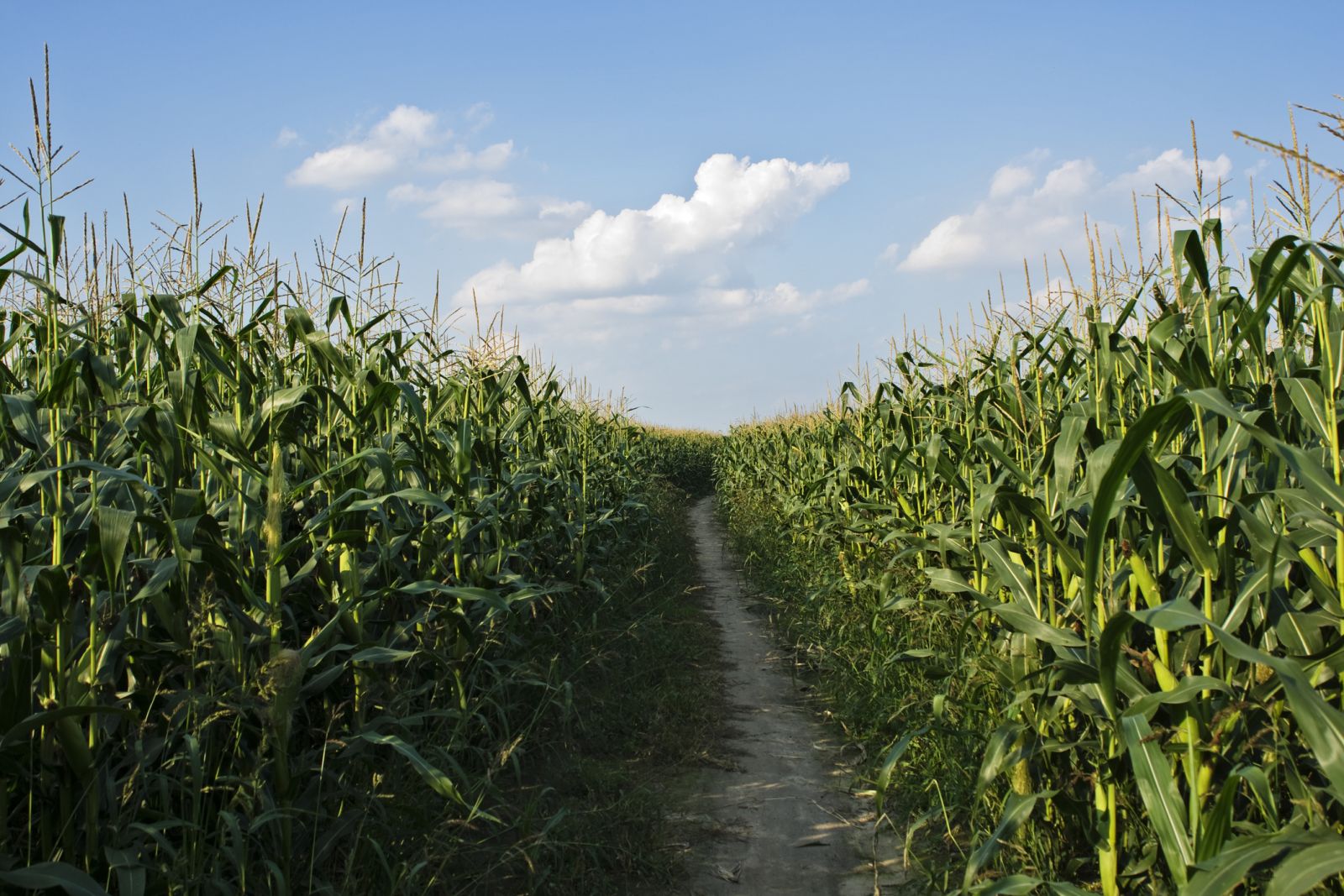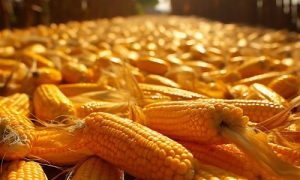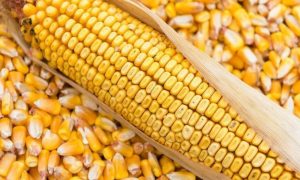UK forage maize area increased significantly in 2024

Forage maize production in the UK rose by 10-20% in 2024 due to a late spring, with many crops planted late, leading to lower dry matter and starch levels. Early maturing varieties are recommended to ensure timely harvesting and environmental benefits. The Sustainable Farming Incentive scheme supports earlier harvests to facilitate cover crop planting.
The area of arable land across the UK dedicated to forage maize production in 2024 increased by between 10% and 20%.
According to Limagrain product manager, Tom Richmond, this trend was driven primarily by the late spring that had made spring barley a non-starter for many growers.
“This left forage maize as the one spring planting option that was available – it was either this or letting land lie fallow.
“But even in the case of maize crops, many were still planted out late, and, this defined the challenges that were to follow.
“Harvest results now confirm that those maize crops planted out within a normal schedule performed quite well in 2024,” he said.
Overall maize crops grown in 2024 had 3% lower dry matter values and significantly lower starch dry matter values than the year previous.
In addition, starch degradability increased measurably in 2024 with crops harvested in a less mature state. Moreover, by-pass starch levels were lower in 2024 crops relative to the year previous.
Forage maize
One of the key lessons learnt from the past number of years it to match varietal maturity to site location. In other words, earlier maturing varieties should be planted in more marginal areas.
Another factor driving the selection of earlier maturing maize varieties are the payments now available from the likes of water companies.
Much of this is determined by eligibility for the Sustainable Farming Incentive (SFI) payment.
At the heart of this process, is a combination of planting companion crops with maize or ensuring early harvest dates that will allow the effective planting of catch crops during the autumn period
Richmond confirmed that Limagrain’s maize varietal selection policy is determined by a number of factors. These include: earliness, yield potential and agronomy.
He added that forage maize quality will be determined by starch content, cell wall digestibility and metabolisable energy (ME) values.
Limagrain trials with maize varieties specifically selected for the UK market have confirmed a number of over arching priorities for the future.
Early maturing forage maize varieties provide a flexible harvest without incurring a yield or quality penalty. Both dry matter (DM) and starch percentages will improve from appropriate variety maturity selection
In addition, selecting modern varieties with improved cell wall digestibioity will increase feed quality
Meanwhile, a shorter growing season mitigates against late sowing and poor harvest conditions
There are significant environmental benefits for growers by establishing a cover crop after forage maize.
To read more about Maize News continue reading Agriinsite.com
Source : Agriland















